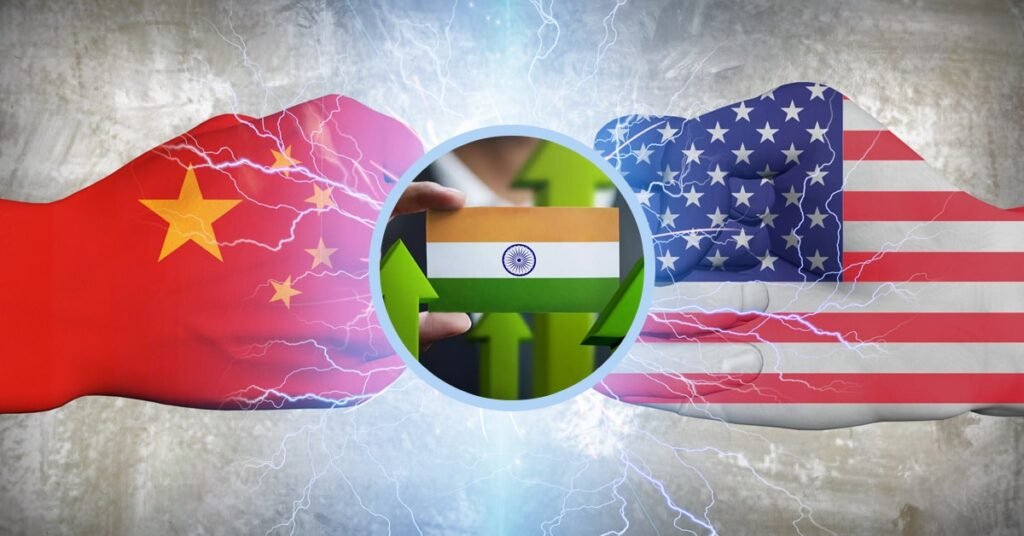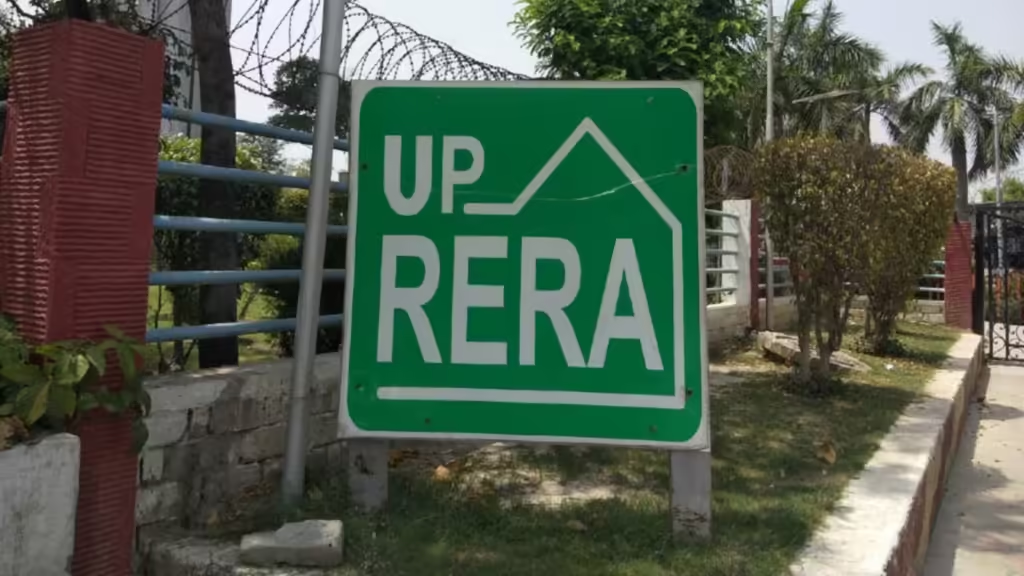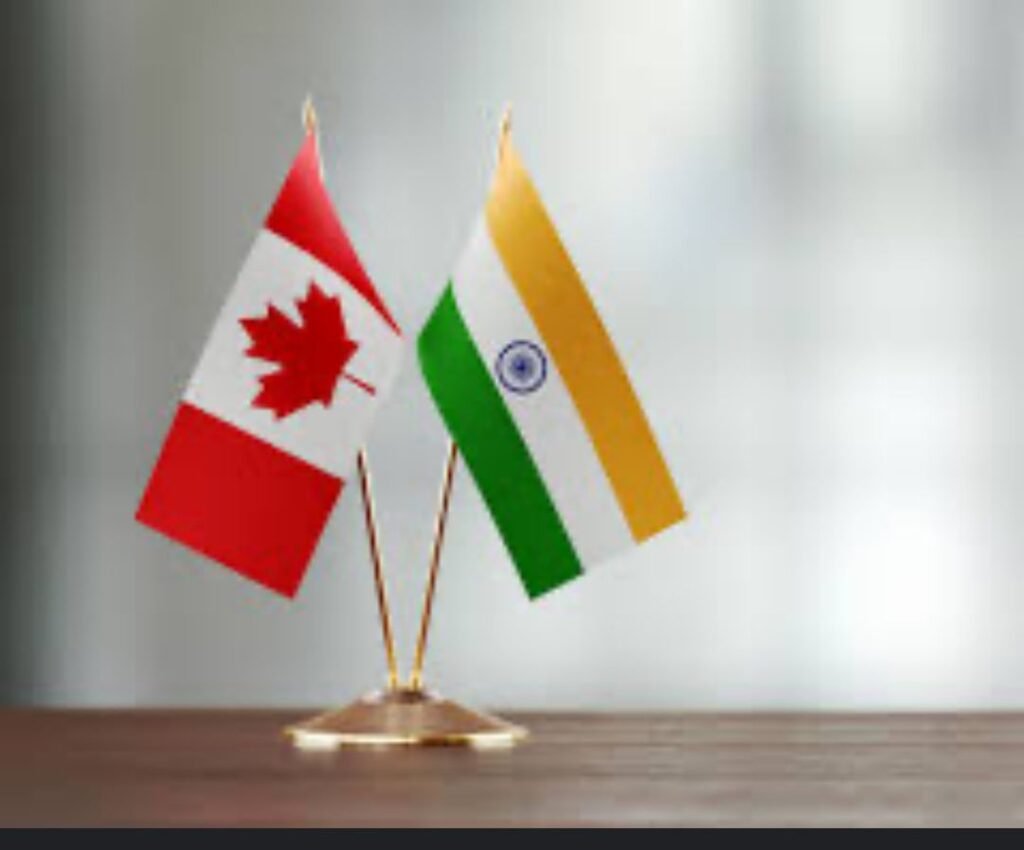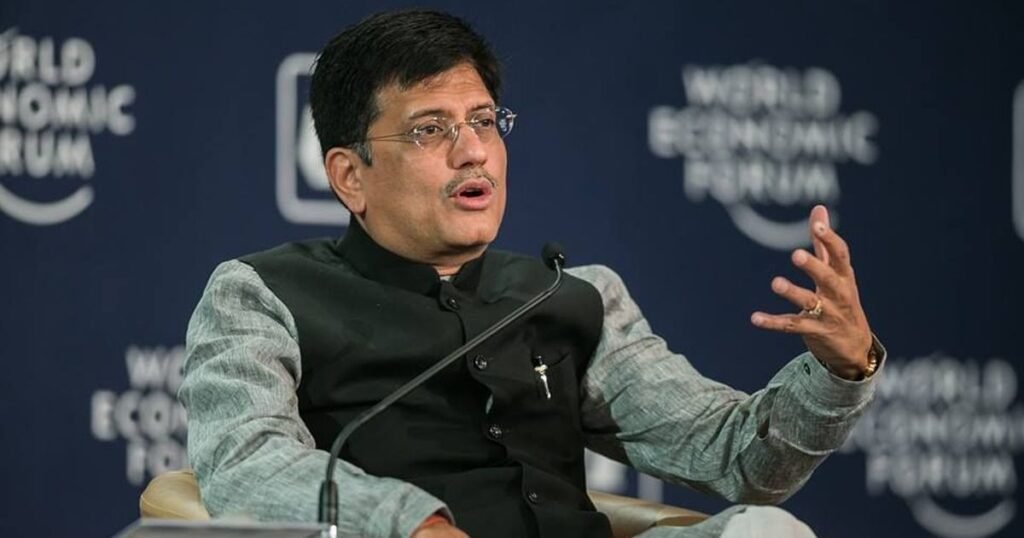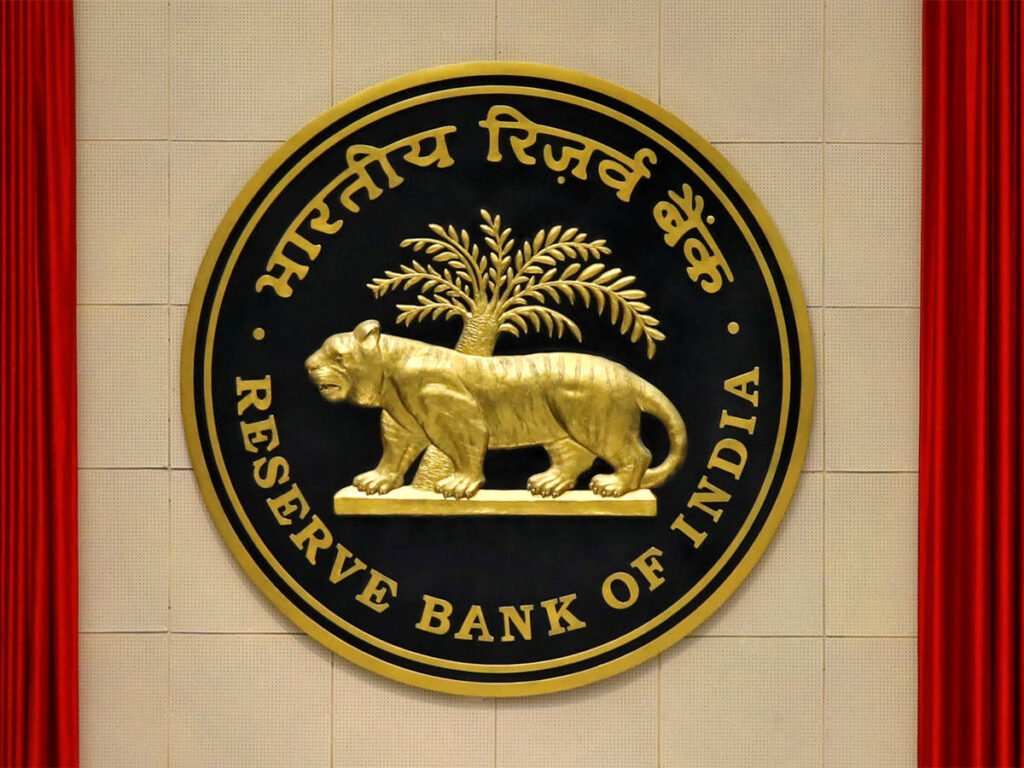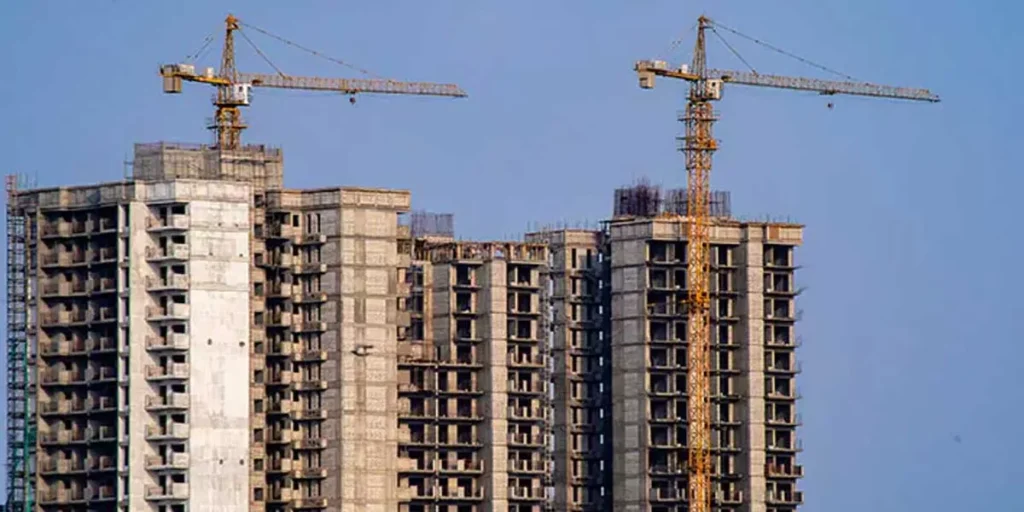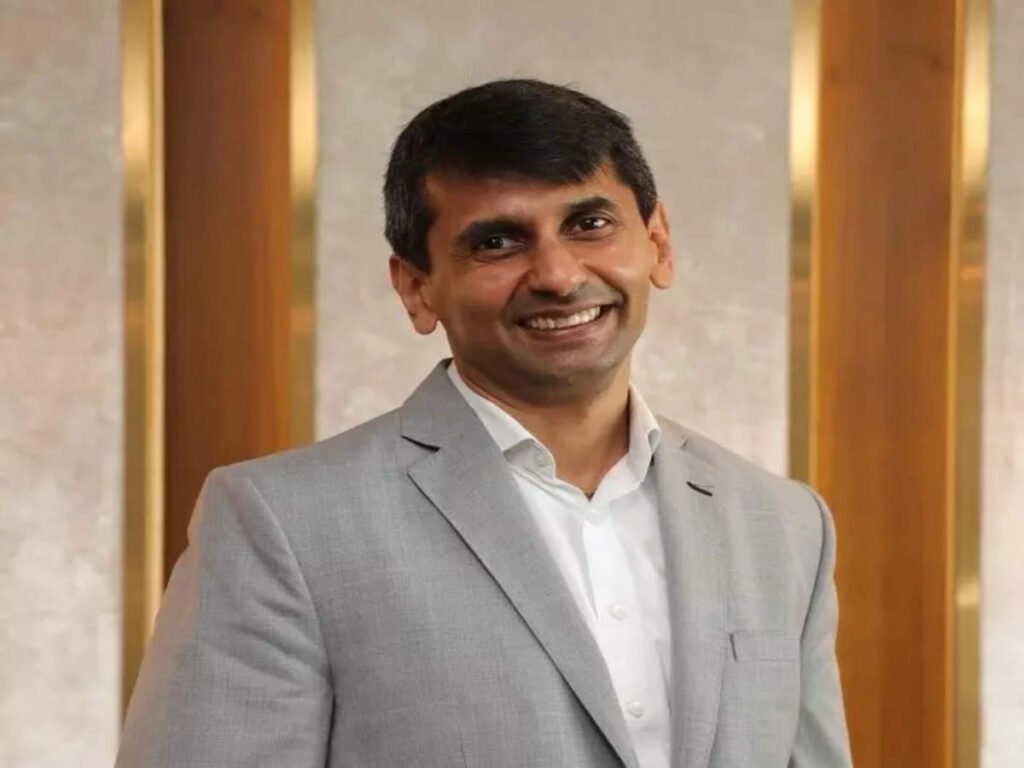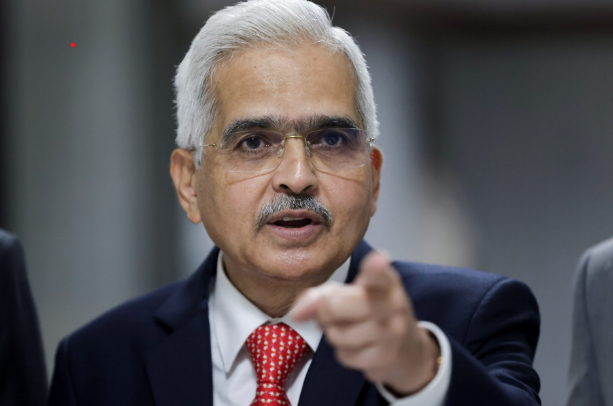Will India Witness Lower Interest Rates? Finance Minister Sparks Fresh Debate

Government Pushes for Rate Cuts Ahead of RBI’s Key Meeting
As the Reserve Bank of India’s (RBI) Monetary Policy Committee (MPC) gears up for its next meeting, a new wave of pressure has mounted on the central bank to lower interest rates. In a move that has reignited discussions about easing borrowing costs, Finance Minister Nirmala Sitharaman recently urged banks and financial institutions to reduce lending rates to accelerate India’s economic growth. This follows a similar suggestion by Union Minister Piyush Goyal, to which RBI Governor Shaktikanta Das had deferred, promising a formal response during the MPC’s deliberations. India’s lending rates under scrutiny! As MSMEs struggle with high costs, FM Nirmala Sitharaman pushes for lower interest rates to boost growth. Will RBI take action in the upcoming policy meet?
The timing of the Finance Minister’s appeal is crucial, as several sectors, particularly Micro, Small, and Medium Enterprises (MSMEs), are grappling with the financial strain caused by high borrowing costs. Her statement underscores the urgency to align India’s lending rates more closely with global benchmarks.
The Case for Lower Interest Rates
India’s borrowing costs remain significantly higher than those of developed economies:
Average Interest Rates in India: 8-10%
United States: 4-5%
Japan: Nearly 0%
While it is unrealistic for India to match the near-zero rates of Japan or the low rates in the U.S., there is a growing consensus that domestic interest rates should be reduced to foster growth.
Challenges Faced by MSMEs and Startups:
High borrowing costs have stalled new projects.
Expensive loans have disproportionately affected small and medium industries.
Industrial experts argue that lowering the repo rate—the rate at which the RBI lends to commercial banks—could provide much-needed relief to struggling businesses.
Economic Benefits of Cheaper Loans
Finance Minister Sitharaman emphasized that reducing lending rates would:
Boost small and large-scale industries, providing them with fresh momentum.
Create new job opportunities.
Strengthen India’s GDP growth trajectory.
Lower interest rates could also energize stalled infrastructure projects, catalyzing investments across various sectors.
The RBI’s Dilemma
Despite the push from the government and industry stakeholders, the RBI faces significant challenges in cutting interest rates:
Inflation Control: Lowering rates might risk spiking inflation.
Foreign Investments: A reduction in rates could dampen foreign investor sentiment.
Impact on Banks: Lower rates would reduce banks’ profitability and may discourage deposits due to lower returns.
The RBI has consistently maintained that monetary policy decisions must balance economic growth with macroeconomic stability.
Industry Awaits RBI’s Response
The Finance Minister’s bold statement has sparked debates across banking and industrial circles. MSMEs and startups eagerly await the possibility of cheaper loans, while analysts ponder the broader economic implications of such a move.
With the MPC meeting around the corner, all eyes are now on the central bank. Will the RBI heed the calls for lower rates, or will macroeconomic constraints take precedence? The outcome will likely shape India’s economic trajectory in the months to come.

 English
English 























